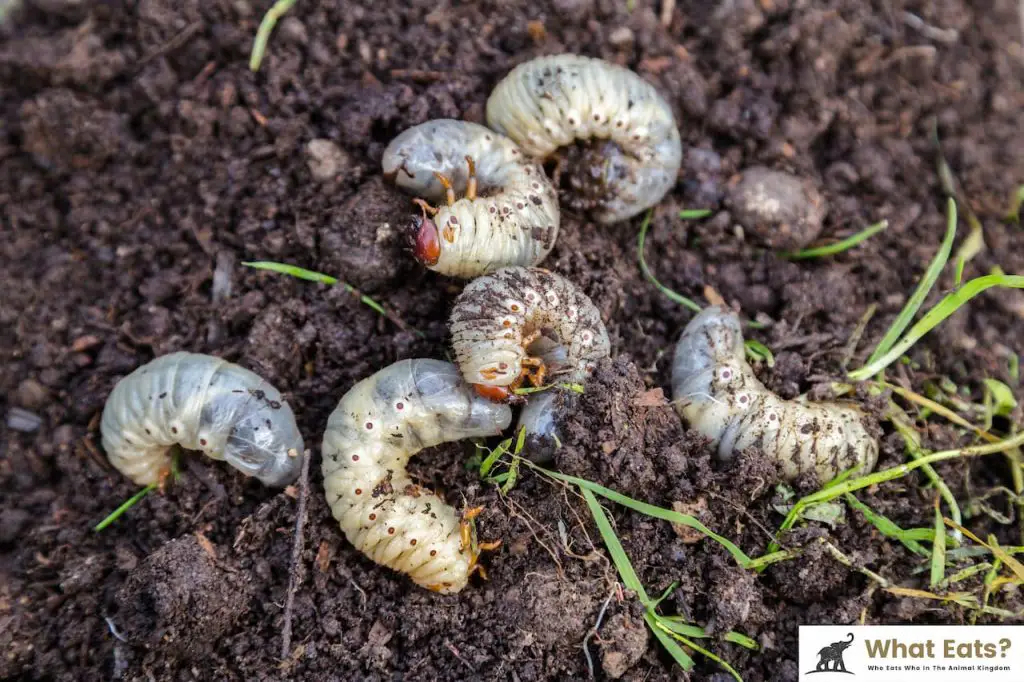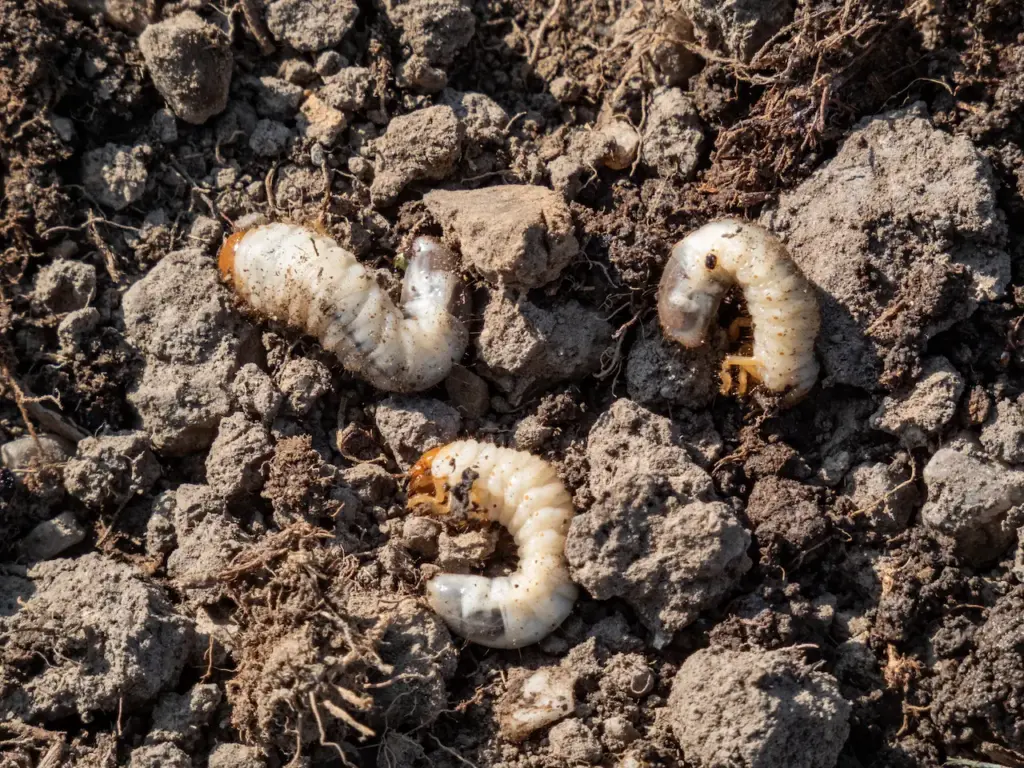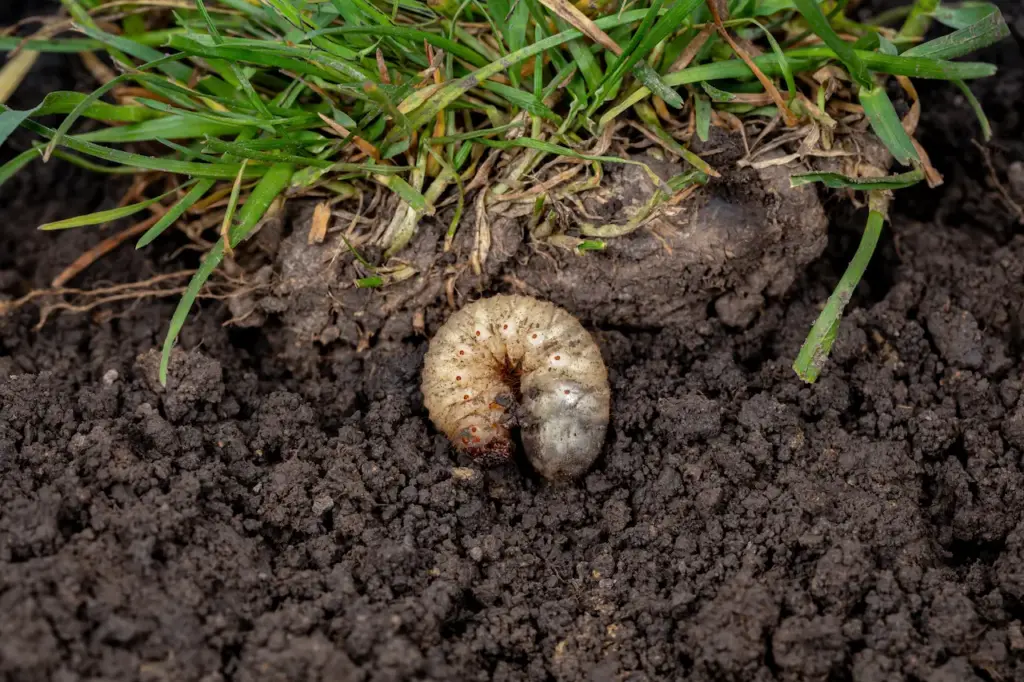What Eats Grubs?
Categories
- Accipitridae (1)
- Acrididae (1)
- Algae (2)
- Alligatoridae (1)
- Amoebidae (1)
- Amphibians (3)
- Anatidae (1)
- Anguillidae (1)
- Arachnids (2)
- Bears (2)
- Big Cats (3)
- Birds (13)
- Bovidae (5)
- Bufonidae (1)
- Camelids (1)
- Cameras (1)
- Canines (13)
- Caridea (1)
- Carnivora (10)
- Castoridae (1)
- Cats (5)
- Cebidae (1)
- Cephalopod (1)
- Cervidae (2)
- Cetacean (1)
- Chondrichthyes (1)
- Crocodilia (2)
- Crustaceans (4)
- Culicidae (1)
- Cyaneidae (1)
- Dasypodidae (1)
- Dasyurids (1)
- Deer (1)
- Delphinidae (1)
- Desktop (1)
- Didelphidae (1)
- Dinosaurs (1)
- Dogs (13)
- Dolphins (2)
- Echinoderms (1)
- Education (10)
- Elephantidae (1)
- Equine (1)
- Erethizontidae (1)
- Erinaceidae (1)
- Farming (1)
- Felidae (5)
- Fish (5)
- Food Chain (31)
- Food Web (2)
- Formicidae (1)
- Frugivore (1)
- Gaming (1)
- Gastropods (1)
- Giraffids (1)
- Great Apes (2)
- Health Conditions (3)
- Herbivore (4)
- Hi-Fi (1)
- Hippopotamidae (1)
- Hominidae (1)
- Insects (10)
- Invertebrates (2)
- Keyboards (1)
- Laptops (1)
- Leporidae (1)
- Mammals (23)
- Marsupials (4)
- Mephitidae (1)
- Microchiroptera (1)
- Mollusks (2)
- Mongoose (1)
- Muridae (1)
- Nocturnal Animals (1)
- Odobenidae (1)
- Omnivore (2)
- Phasianidae (1)
- Phocidae (1)
- Plankton (1)
- Plants (2)
- Primate (1)
- Ranidae (1)
- Reptiles (7)
- Rhinocerotidae (1)
- Rodents (5)
- Salamandridae (1)
- Scarabaeidae (1)
- Sciuridae (2)
- Sharks (1)
- Shellfish (1)
- Sound (1)
- Spheniscidae (1)
- Suidae (1)
- Superfamily Papilionoidea (1)
- Theraphosidae (1)
- What Eats (5)
Grubs are the larval form of various beetles and insects. They live in the soil and feed on plant roots, decaying matter, and other organic materials. Grubs play an important role in ecosystem nutrient cycling and are a key food source for many animals.
But what eats grubs? And what do grubs eat themselves? In this article, we will explore the grub diet and common grub predators.
Table of Contents
Toggle
What Eats Grubs?
Many animals prey on grubs, viewing them as tasty, protein-rich meals. Common grub predators include:
Birds
Birds like robins, starlings, crows, turkeys, chickens, and songbirds dig through the soil and leaf litter, searching for grubs. They use their beaks to pick grubs right out of the ground and devour them.
Birds are visually oriented predators, and their sharp eyesight allows them to quickly spot grubs near the soil surface. Grubs are an especially important food source for birds in spring when adults need extra protein to feed their growing chicks.
Mammals
Mammals like opossums, shrews, moles, raccoons, skunks, foxes, coyotes, and bears will sniff out grubs buried in the dirt and eat them.
Small mammals can dig and nibble through the soil to reach grubs, while larger mammals use their strong claws and front paws. Mammals tend to find and consume grubs at night.
Reptiles and Amphibians
Reptiles like lizards, snakes, and turtles will eat grubs when they come across them in the soil or leaf litter. Amphibians like toads and salamanders also prey on grubs, snatching them with their quick tongues. Grubs provide beneficial protein and fat for reptiles and amphibians.
Insects and Arachnids
Ants raid underground grub dens and carry grubs back to their colonies to feed to their larvae. Ground beetles and centipedes are also adept grub hunters.
Wasps paralyze grubs with their sting and then lay eggs on them so their larvae have a food source when they hatch. Spiders, scorpions, and other predatory arthropods will consume grubs as well.
Fish
Some fish species, like bluegills and catfish, will come to the shallows and feed on grubs they find in muddy areas. The grubs provide nourishment and bait for the fish.
Earthworms
Earthworms compete with grubs for resources and space in the soil. They can kill and eat grubs they encounter while tunneling.
So, in summary, birds, mammals, reptiles, amphibians, insects, arachnids, fish, and earthworms all prey upon grubs. Grubs form a key part of the food web and are consumed by a wide array of animals.
What Do Grubs Eat?
Now that we’ve covered what eats grubs let’s discuss what grubs themselves eat. Grubs primarily feed on:
Roots
Grubs chew and feed on the roots of plants, trees, shrubs, and turfgrass. Their strong mandibles allow them to shred and consume root tissue.
By feeding on roots, grubs can damage and even kill plants. Some common grub species termed “root feeders” specialize in devouring roots.
Organic Matter
Grubs will eat decaying leaves, compost, manure, and other decaying organic matter. They derive nutrition from the bacteria, fungi, and protozoa that decompose organic matter. Grubs help recycle nutrients back into the soil by feeding on decaying material.
Decaying Wood
Grubs eat decomposing, rotting wood as it is broken down by fungi and other organisms. The grubs tunnel through damp wood, digesting it and acquiring nutrients.
Fungi
Some types of grubs directly graze on the threadlike hyphae and fruiting bodies of fungi. Fungi help decompose matter in the soil, releasing nutrients that grubs can absorb.
Animal Droppings
Grubs consume animal feces, like droppings from mammals, birds, reptiles, and insects. Animal dung contains partially digested organic matter that still has plenty of nutrition for grubs.
Dead Insects
Grubs are not above scavenging on the remains of dead insects that make their way into the soil. They obtain protein by devouring insect carcasses.
Living Plants
While roots may be their most common food source, grubs will also feed on stems, leaves, fruits, seeds, and other living plant parts they encounter. Surface-dwelling grubs may nibble their way through crops and vegetable gardens.
Summary of Grubs Diet
To summarize key points on the grub diet:
- Grubs primarily eat roots, though they also consume decaying organic matter, rotting wood, fungi, animal droppings, dead insects, and living plants.
- Different grub species have different food preferences based on their habitat, life cycle, and mandible structure.
- Root-feeding grubs can damage crops, lawns, and gardens by destroying root systems.
- Grubs fill an important ecological role by recycling nutrients, aerating soil, and serving as a food source for many animals.
- While grubs can be agricultural pests, their diverse diet also allows them to clean up decaying matter and waste.
Grub Control in Gardens and Lawns
If grubs become problematic by damaging plant roots in gardens and lawns, various organic and synthetic grub control options exist:
Natural Predators
Encouraging natural grub predators like birds, mammals, beetles, and nematodes can reduce grub populations. Avoid killing snakes, reptiles, moles, and other animals that prey on grubs.
Entomopathogenic Nematodes
Applying beneficial nematodes parasitizes and kills grubs naturally without chemicals. The nematodes seek out and infect grubs in the soil.
Diatomaceous Earth
Sprinkling diatomaceous earth abrades the exoskeleton of grubs, causing dehydration. Apply to soil and mix in well.
Neem Oil
Neem oil disrupts the molting process of grubs, preventing maturity. Mix with water and spray on the soil.
Insecticidal Soap
Insecticidal soaps containing potassium salts of fatty acids can kill grubs on contact when sprayed on soil. Avoid harming beneficial insects.
Horticultural Oil
Horticultural oils suffocate grubs when applied to the soil. They can be mixed with insecticidal soap for added effect.
Chemical Insecticides
Synthetic chemical pesticides are also effective at eliminating grubs but have ecological drawbacks like insect resistance and harming bees. Use only as a last resort.
An integrated pest management approach combining natural predators, prevention, and limited chemical control when needed provides the best way to control grubs while minimizing environmental impact.
The Grub Life Cycle
The grub life cycle influences when and where grubs will be most active and susceptible to control methods. Grubs go through 4 main life stages:
- Eggs: Adult beetles lay tiny white eggs in the soil, usually during late summer. The eggs hatch after several weeks.
- Larvae: The eggs hatch into larvae known as grubs. Grubs feed heavily on organic matter and roots to fuel their growth through 3 larval instars over summer and fall.
- Pupae: As the weather gets colder, grubs burrow deeper into the soil and enter the pupal stage. The dormant grub morphs into the adult beetle form within the pupal cell and awaits spring’s warming temperatures.
- Adults: In spring, the new adult beetles emerge from the soil. After mating, females lay a new generation of eggs back in the soil to restart the life cycle. There is typically one generation per year.
The key steps for effective grub control are to apply treatments when grubs are small in late summer and fall.
Identifying and targeting the early larval instars prevents root damage and kills grubs before they pupate and evade treatments in winter. Timing control methods to the life cycle is crucial.
Conclusion
Grubs play an important ecological role, and their voracious appetites contribute to the biodiversity of the soil ecosystem.
While grubs will eat roots, decaying organic matter, and other materials, they, in turn, serve as a nutritious prey species for birds, mammals, reptiles, amphibians, and insects.
Grubs can occasionally become lawn or garden pests but generally are an important part of the natural food web, recycling nutrients and aerating the soil. Maintaining a balanced ecosystem is the best way to prevent grubs from reaching damaging populations.


